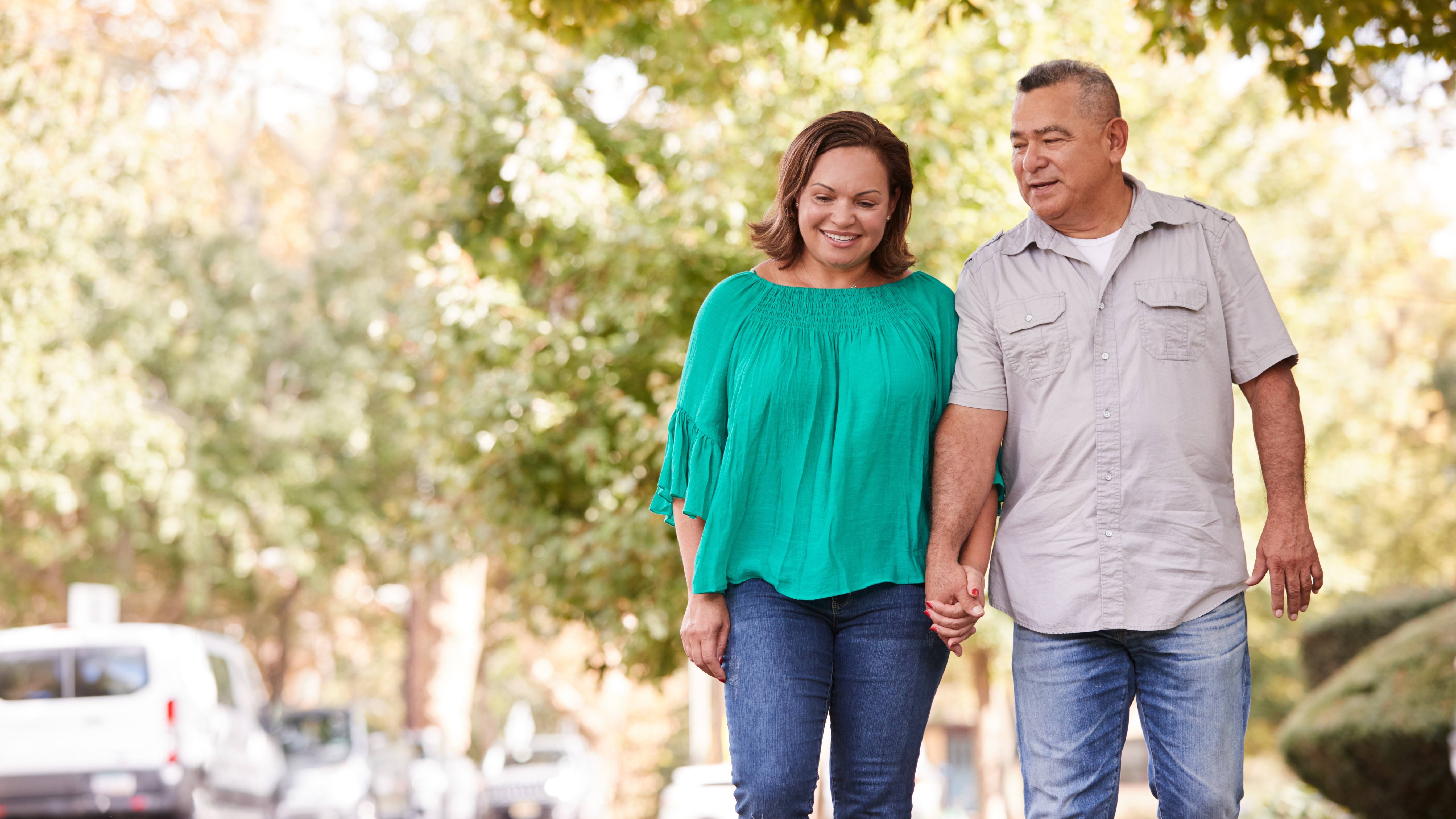News Releases

September 27, 2023
ROCHESTER, Minn. — Don't worry about your hips or knees as you age. Arthritis in those joints isn't inevitable. Keep doing the activities you enjoy.[...]
May 18, 2012
May 17, 2012
May 11, 2012
Explore more topics
 Sign up
Sign up

Mayo Clinic Connect
An online patient support community
